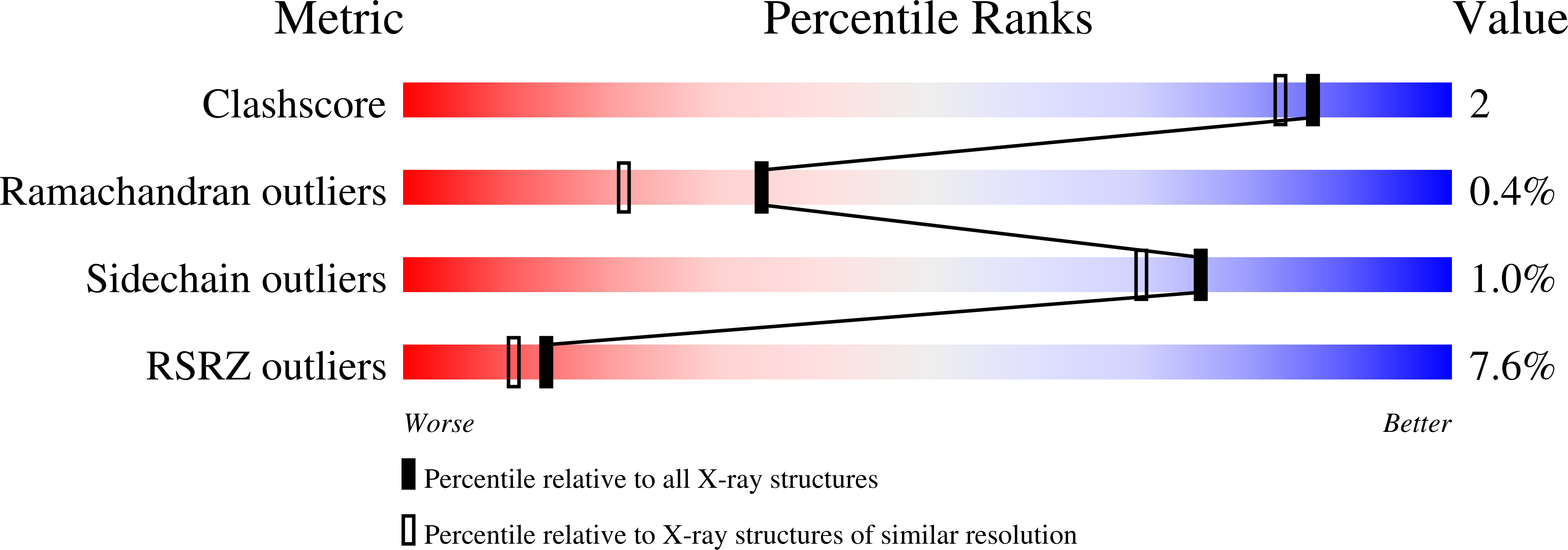
Deposition Date
2006-06-12
Release Date
2007-04-24
Last Version Date
2024-10-16
Entry Detail
PDB ID:
2H9W
Keywords:
Title:
Green fluorescent protein ground states: the influence of a second protonation site near the chromophore
Biological Source:
Source Organism:
Aequorea victoria (Taxon ID: 6100)
Host Organism:
Method Details:
Experimental Method:
Resolution:
1.82 Å
R-Value Free:
0.18
R-Value Work:
0.16
R-Value Observed:
0.16
Space Group:
P 21 21 21


